Australia’s Chinese food rates among the best in the world thanks to this pioneer
Australia’s Chinese food rates among the best in the world thanks to this pioneer.
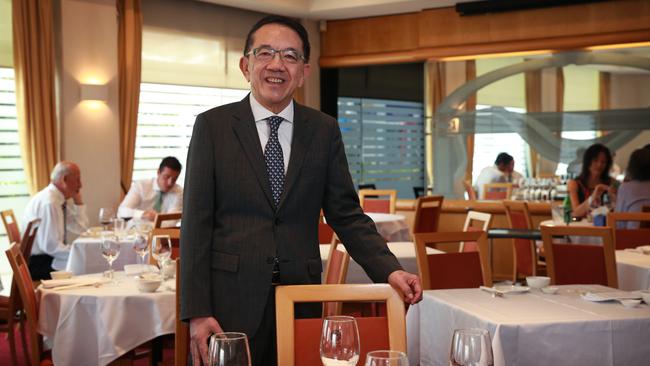
Sydney Taste
Don't miss out on the headlines from Sydney Taste. Followed categories will be added to My News.
SPRING rolls the size of Chiko Rolls, lemon chicken made with chicken maryland, and steak and chips on the menu. It was the 1970s and this was how we knew Chinese food.
But when Mathew Chan, now 71, launched Crows Nest institution Peacock Gardens on this day in 1975, he helped open our eyes to a different style.
Back in the day, you had to go to the Dixon or The Mandarin Club in Haymarket for modern Chinese cuisine and Chan was the first to take it to the suburbs, with silver service and a serious wine list.
“In the beginning we were one of the few doing modern Chinese food,” Chan says.
“People found it strange, because when we first started most of the restaurants in Chinatown were serving chicken maryland. What I did was modernise the menu.
“Chicken chop suey, san choy bow and beef and black bean weren’t well known at the time.”
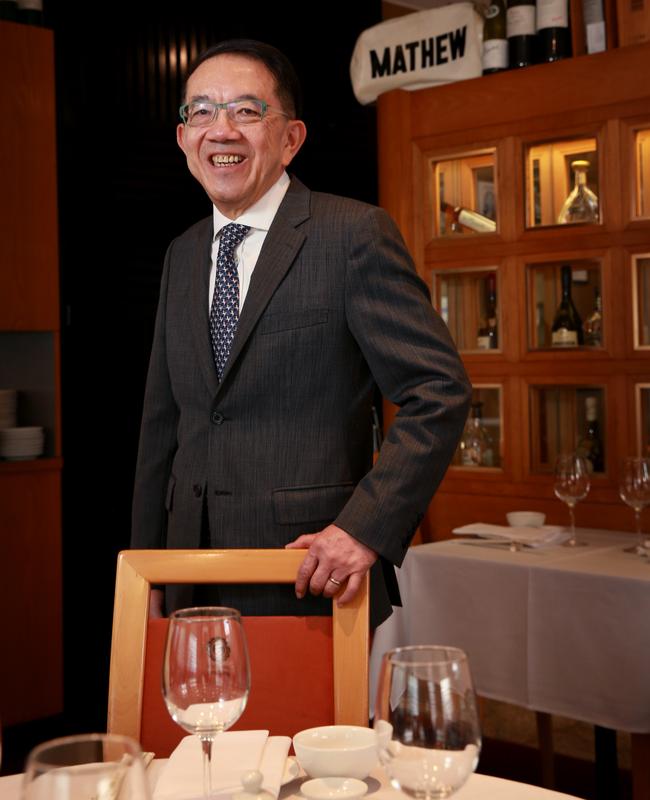
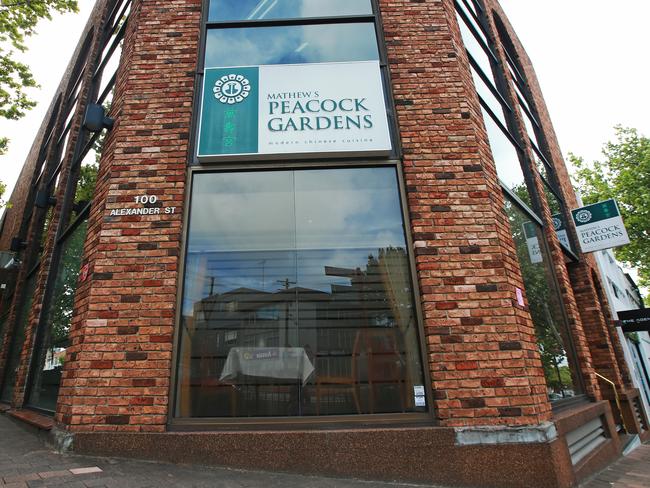
It was Chan who introduced Australia to san choy bow, adapting the dish he’d had in Hong Kong for an Australian palate by swapping pigeon meat for pork mince, water chestnuts, bamboo shoots and Chinese mushrooms. And enormous cabbage-filled spring rolls weren’t to his liking so he shrank them down, which gave the fried wrapper extra crunch, and swapped the chicken and cabbage filling for pork mince, celery and oyster sauce.
Bean curd was a hard sell in the ’70s but now it’s popular with vegetarians.
Chan also came up with his own dishes, including chow sam see, a mix of shredded chicken, barbecue pork and Chinese mushroom wrapped in a pancake that he calls poor man’s Peking duck. Mustard prawns, a dish that started as a special 15 years ago, is now a permanent fixture on the menu.
“I love food, I go and eat a lot in other restaurants, Italian, French and modern Australian, it’s a good way to find inspiration,” he says.
“I got the idea from the Hilton’s San Francisco Grill where they had mustard on roast beef. I tried to do mustard steak but it didn’t work, so I tried it with prawns.”
The prawns are covered in a creamy English mustard and sesame sauce and served with deep-fried spinach leaves sprinkled with sugar to balance the mustard’s heat.
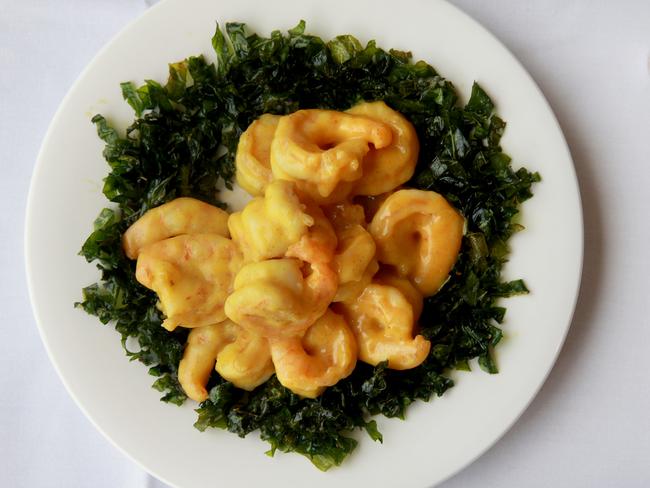

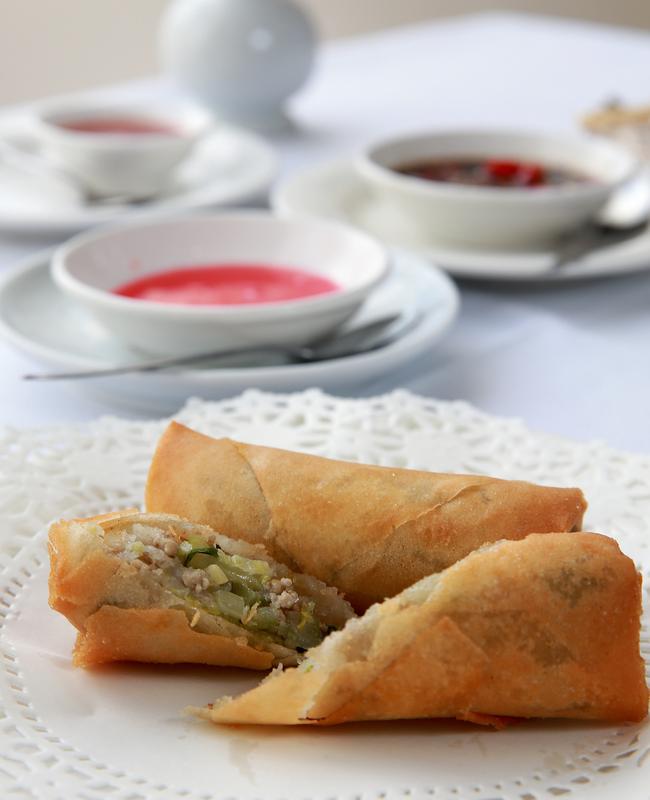
Over the years, other dishes have been adapted as tastes evolved. “We changed the recipe for sweet and sour pork so it’s more refined,” Chan says. “Instead of capsicum and onion we use lychee and pineapple, so it’s also healthier.”
While old-school classics such as Mongolian lamb, sweet corn chicken soup and chow mein are always popular, lemon chicken is no longer fashionable.
“I’m very tempted to take honey lemon chicken off the menu, we don’t sell much of it anymore,” he says.
Over the last 42 years, Chan says diners have become more adventurous when it comes to Chinese food.
Chef Neil Perry, who built his reputation on Asian cooking and recently opened high-end Cantonese restaurant Jade Temple, agrees.
“We are eating more and more authentic and regional Chinese cuisine,” Perry says.
The Chinese food Australians ate in the 1970s was based on Cantonese cuisine, but once the White Australia policy was revoked and immigrants from other regions of China arrived, it expanded the local food scene.
“China is a big country and very varied in what it does from province to province,” Perry says.
“We are now more aware of the regional dishes of China as well as cuisines of provinces such as Sichuan and Hunan.
“We are doing great things. I’ve eaten in the Chinatowns of San Francisco, New York, Hong Kong and ours is one of the best in the world because of the produce we have. I was in Hong Kong last year and Beijing in April and I’ve eaten some really good food here that’s on par with the rest of China.”
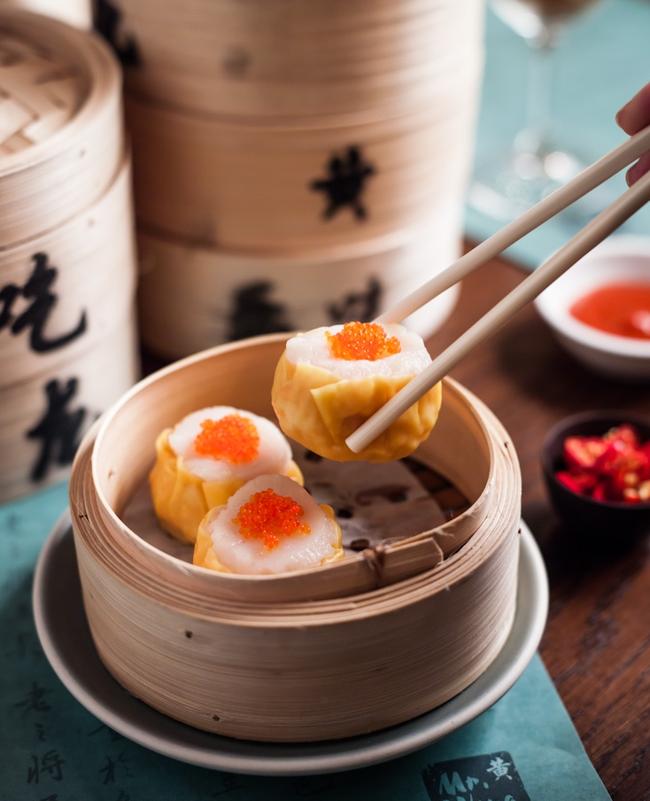
MATHEW’S PICKS
4/6 Cowper Whqarf Rd, Woolloomooloo
Go for: Chilli salt squid
Mr Wong
3 Bridge St, CBD
Go for: All the dumplings, especially har gow
Emperors Garden BBQ and Noodle
213-215 Thomas St, Haymarket
Go for: Roast duck and barbecue pork
199 Castlereagh St, CBD
Go for: Xiao long Bao
Citymark Building, 683-689 George St, Haymarket
Go for: Yum cha especially chicken buns, gai bau


